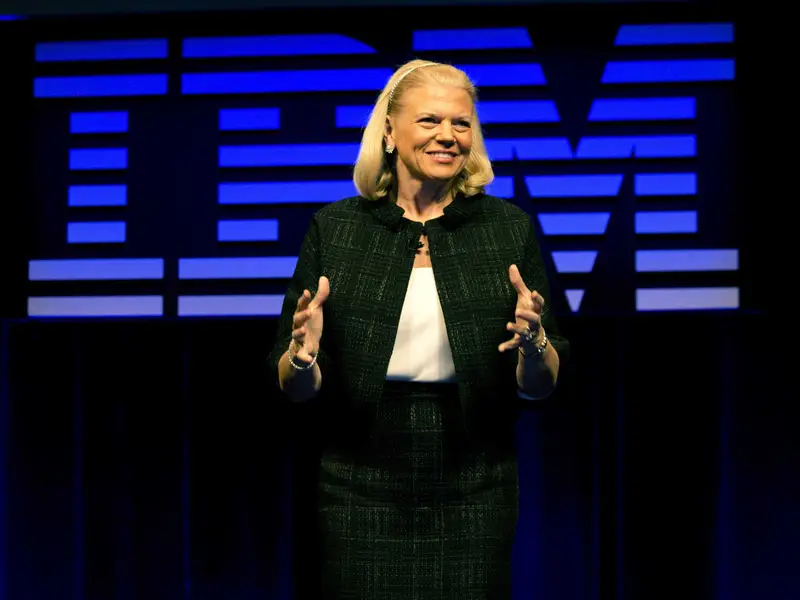Imagine a World Where Leadership Evolves
What if leadership wasn’t about keeping up with change, but about leading it? In 2025, the age of automation—driven by artificial intelligence (AI)—is reshaping how we work, think, and lead. AI and leadership are no longer separate concepts; they’re intertwined, offering modern leaders a chance to thrive, not just survive. As machines handle routine tasks, leaders in automation must focus on what truly matters: inspiring purpose, fostering human connection, and steering their teams through uncertainty.
AI isn’t here to replace leaders—it’s here to amplify them. The future of leadership belongs to those who can harness AI’s potential while staying deeply human. This article explores how AI and leadership converge, why thriving in automation requires new skills, and five actionable strategies to help you lead with impact. Let’s uncover how you can shape the future of leadership in this transformative era.

The Intersection of AI and Leadership
AI and leadership are a powerful duo. AI automates repetitive tasks, analyzes data at scale, and offers predictive insights, freeing leaders to focus on strategy, creativity, and empathy. A 2024 McKinsey report found that 70% of leaders using AI tools reported improved decision-making and efficiency (Mckinsey). Yet, the future of leadership isn’t about relying on technology—it’s about using it to enhance human potential.
Consider a leader managing a hybrid team. AI tools can track productivity, flag burnout risks, and suggest workload adjustments, but only a leader can inspire trust and purpose. Leaders in automation must balance AI’s capabilities with the human touch—empathy, vision, and ethical judgment—that machines can’t replicate. For more on AI’s role, see our guide on how AI is transforming leadership in 2025. How are you using AI to lead better?
Why Thriving in Automation Matters in 2025
Automation is accelerating. By 2025, AI is expected to automate 40% of routine tasks, per a 2024 Deloitte study (Deloitte). This shift challenges leaders in automation to adapt—Gen Z workers demand purpose, hybrid teams need connection, and ethical concerns around AI (like bias in algorithms) require careful oversight. A 2023 Gartner report warned that 60% of leaders who fail to adapt to AI risk losing talent and innovation (Gartner).
The future of leadership hinges on thriving, not surviving. Leaders who embrace AI can drive innovation, while those who resist may fall behind. A leader ignoring AI might miss data-driven insights, whereas one who thrives uses AI to predict market trends and inspire their team. AI and leadership together create a competitive edge—if you lead with purpose. For more on modern challenges, check our post on emerging trends shaping leadership.

Strategy 1: Use AI to Amplify Decision-Making
AI offers leaders unparalleled insights, from predictive analytics to customer trends. Leaders in automation who use AI to inform decisions can act faster and smarter, a key to thriving in the future of leadership.
Satya Nadella, Microsoft’s CEO, has leveraged AI to transform decision-making. Under his leadership, Microsoft integrated AI into Azure, using it to predict customer needs and optimize services. This data-driven approach helped Azure generate $60 billion by 2023, showcasing how AI can enhance leadership impact (Microsoft).
How to Thrive: Use AI tools like Power BI or Tableau to analyze team performance or market trends. If sales are dipping, let AI identify patterns—maybe a product isn’t resonating—then strategize with your team. For more on AI tools, see our guide on AI-powered leadership.
Strategy 2: Prioritize Human-Centric Skills
Automation handles tasks, but humans drive purpose. AI and leadership thrive when leaders focus on skills machines can’t replicate: emotional intelligence, creativity, and ethical judgment. These are the future of leadership.
Ginni Rometty, former IBM CEO, championed this balance. She led IBM’s AI initiatives, like Watson, but emphasized empathy in leadership. During a 2019 ethics crisis with facial recognition, Rometty paused projects to address bias, earning trust. Her human-centric approach helped IBM maintain its AI leadership, contributing to $57 billion in revenue by 2023.
How to Thrive: Strengthen your emotional intelligence—listen actively in meetings and address team concerns with empathy. If AI flags burnout, don’t just adjust workloads; ask, “How can I support you?” For more, explore emotional intelligence in leadership.

Strategy 3: Lead with Ethical AI Practices
AI isn’t neutral—it can amplify biases if unchecked. Leaders in automation must ensure ethical AI use, building trust and shaping a future of leadership grounded in integrity.
Sundar Pichai, Google’s CEO, faced this challenge in 2018 when employees protested AI use in military projects. Pichai responded by creating AI ethics principles, halting controversial projects, and regaining trust. This ethical stance strengthened Google’s AI reputation, with its AI-driven search improvements impacting 1 in 10 queries by 2023.
How to Thrive: Audit your AI tools for bias—check if hiring algorithms favor certain demographics, and adjust if needed. Communicate your commitment to ethics, saying, “We use AI responsibly to serve everyone.” For more on ethics, see our guide on leading with integrity.
Strategy 4: Foster a Culture of Continuous Learning
AI evolves rapidly, and so must leaders. The future of leadership requires a learning culture where teams upskill to stay relevant, ensuring they thrive in automation.
Elon Musk, a leader in automation, drives this at Tesla. He encourages engineers to learn AI skills, integrating them into production processes. This learning culture helped Tesla produce 1.8 million vehicles in 2023, leveraging AI for efficiency (Forbes).
How to Thrive: Host monthly AI training sessions—teach your team tools like ChatGPT for brainstorming. Encourage them to experiment, saying, “Let’s learn together.” For more on upskilling, check our post on lifelong learning for leaders.

Strategy 5: Empower Teams with AI, Don’t Replace Them
AI should augment, not replace, your team. Leaders in automation who empower employees with AI tools foster innovation and trust, a hallmark of the future of leadership.
Patagonia’s Yvon Chouinard uses AI to enhance sustainability efforts, empowering teams to analyze supply chains for eco-impact. Employees, not machines, decide how to act on insights, leading to breakthroughs like recycled polyester. This approach helped Patagonia reach $1.5 billion in revenue by 2023 (Patagonia).
How to Thrive: Use AI to support your team—implement a tool like Slack AI to summarize meetings, freeing them for creative work. Tell them, “This tool is here to help you shine.” For more on empowerment, see empowering leadership.
AI and Leadership in 2025: A New Era
In 2025, AI and leadership are inseparable. Leaders in automation face ethical dilemmas, skill gaps, and the need for human connection, but those who thrive see AI as a partner, not a threat. A 2024 Harvard Business Review study found that AI-savvy leaders drive 30% more innovation (Harvard Business Review). The future of leadership is about using AI to amplify what makes us human—purpose, empathy, and vision. For more on this evolution, explore AI for leaders in the next 5-10 years.
Conclusion: Thrive in the Age of Automation
AI and leadership are reshaping the future. Leaders like Nadella, Rometty, Pichai, Musk, and Chouinard show that thriving in automation means using AI for decisions, prioritizing human skills, leading ethically, fostering learning, and empowering teams. In 2025, the future of leadership isn’t about surviving change—it’s about leading it. Start today: use one AI tool to support your team and lead with purpose.
Try one strategy this week—like using AI for better decisions—and share your results in the comments. Dive deeper with our leadership development resources to keep thriving. Lead boldly in the age of automation!
“In the age of automation, great leaders don’t survive—they thrive by blending AI with human purpose.”
– Jamaluddin Khan / Leadership Foundry 360




Pingback: AI in the Workplace: 5 Reasons Leaders Should Act Now - Leadership Foundry
Pingback: Project Management: Evolution in Time and Where are We Heading? - Leadership Foundry